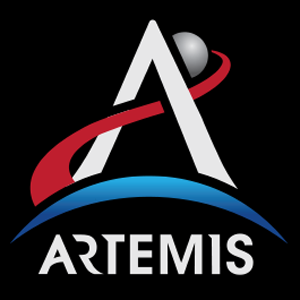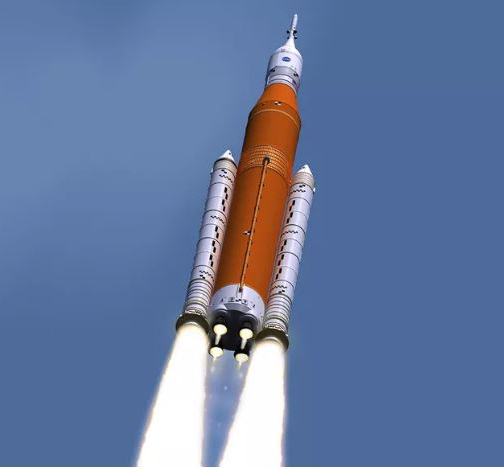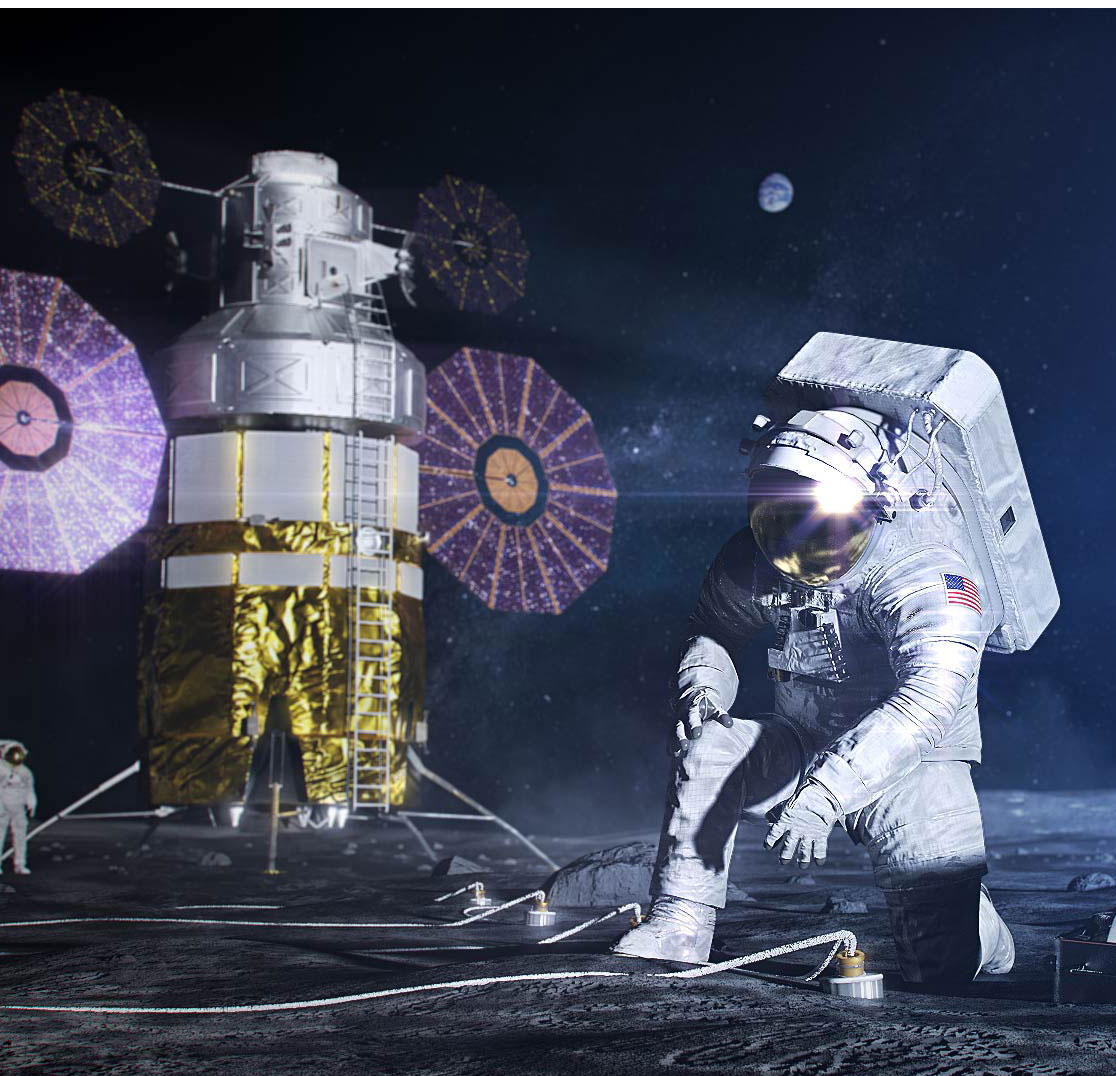
What is the Artemis Program?
NASA is committed to landing American astronauts, including the first woman and the next man, on the Moon by 2024. To accomplish this, the agency is implementing the Artemis lunar exploration program, which will require a vast array of new and innovative technologies. The Artemis program seeks to establish sustainable missions by 2028. The technological breakthroughs and knowledge gained from building a presence on the Moon, will be leveraged to help NASA take the next giant leap – sending astronauts to Mars.

How Will We Get to the Moon?
NASA will use the Space Launch System, a powerful new rocket, to send astronauts aboard the Orion spacecraft. Astronauts will dock Orion at the Gateway and then transfer to a human landing system that will provide expeditions to the surface of the Moon. Astronauts will return to the orbital outpost to board Orion again before returning safely to Earth.

What Will NASA Do on the Moon?
NASA will explore the surface of the Moon with both human and robotic explorers. The agency will send astronauts to new locations on the moon, including its South Pole. Some key goals are to:
--> Find and use water and other critical resources needed for long-term exploration
--> Investigate the Moon’s mysteries and learn more about our earth and the universe
--> Learn how to live and operate on the surface of another celestial body where astronauts are just three days from home
--> Prove the technologies we need before sending astronauts on missions to Mars, which can take up to three years roundtrip

When Will all of this Happen
By 2021 NASA will send a suite of science instruments and technology demonstrations to the lunar surface via commercial Moon deliveries NASA will fly two missions around the Moon to test its deep space exploration systems. The agency is working toward launching Artemis I, an uncrewed flight to test the SLS and Orion spacecraft together, Artemis II will feature the first SLS and Orion test flight with crew. Artemis III will land astronauts on the Moon by 2024 and about once a year thereafter.
How does NASA MINDS support Artemis?
Artemis presents the potential to inspire the next generation of technicians, researchers, engineers, and scientists. Most importantly, involving college and university students in the specific technologies that are both relevant to and needed by Artemis, provides pathways for these students to enter the NASA / aerospace workforce. In addition, NASA MINDS believes that the work undertaken by students has the potential to uncover unique ideas, accelerate innovation, and aid in technological breakthroughs.
The beauty of NASA MINDS is found in its broad based approach. Instead of telling students what technology to work on, it lets student teams determine what technology they want to explore. The only constraint is that the technology and the goals of the team’s project must tie back to the technologies needed for Artemis. Please visit our Spec Sheets page for specific examples.
